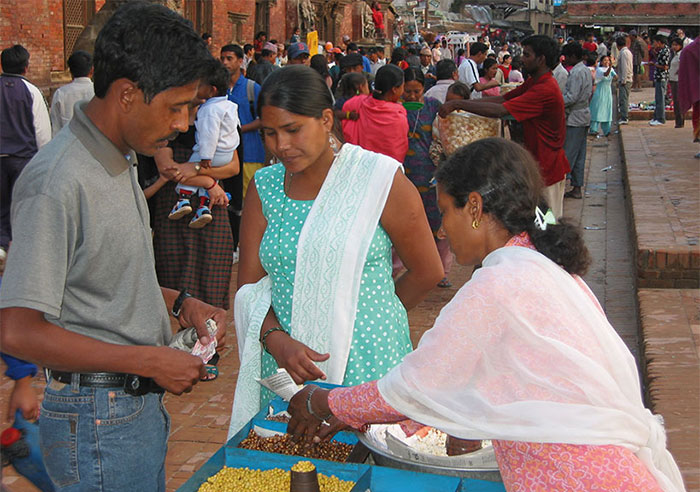
Photo: Ed Scholl/FHI 360
In 2010, the United States Agency for International Development formulated a bold, new agenda for modernizing U.S. foreign assistance. Christened USAID Forward, one of its most notable features was an objective to program 30 percent of development assistance directly to local governments and civil society organizations.
At the time, only about 10 percent of USAID’s funding was awarded to local organizations. Earmarking U.S. assistance for local organizations was cheered by developing country partners and U.S. advocacy groups, such as the Modernizing Foreign Assistance Network and the Center for Global Development, who had long argued that international NGOs, however well-intentioned, crowded out local actors and limited the growth of local capacity.
By setting a clear target and time frame, USAID signaled a serious, businesslike approach to the policy agenda set out in the high-level forums on aid effectiveness. And, as the saying goes, “What gets measured, gets done.”
As the saying goes, “What gets measured, gets done.” Share on XHowever, targeting the type of implementing partner without also addressing the type of work they are being asked to do (i.e. the job specifications) carries an inherent assumption that implementers, like standardized machine parts, are interchangeable. They aren’t.
Read the entire blog here.
